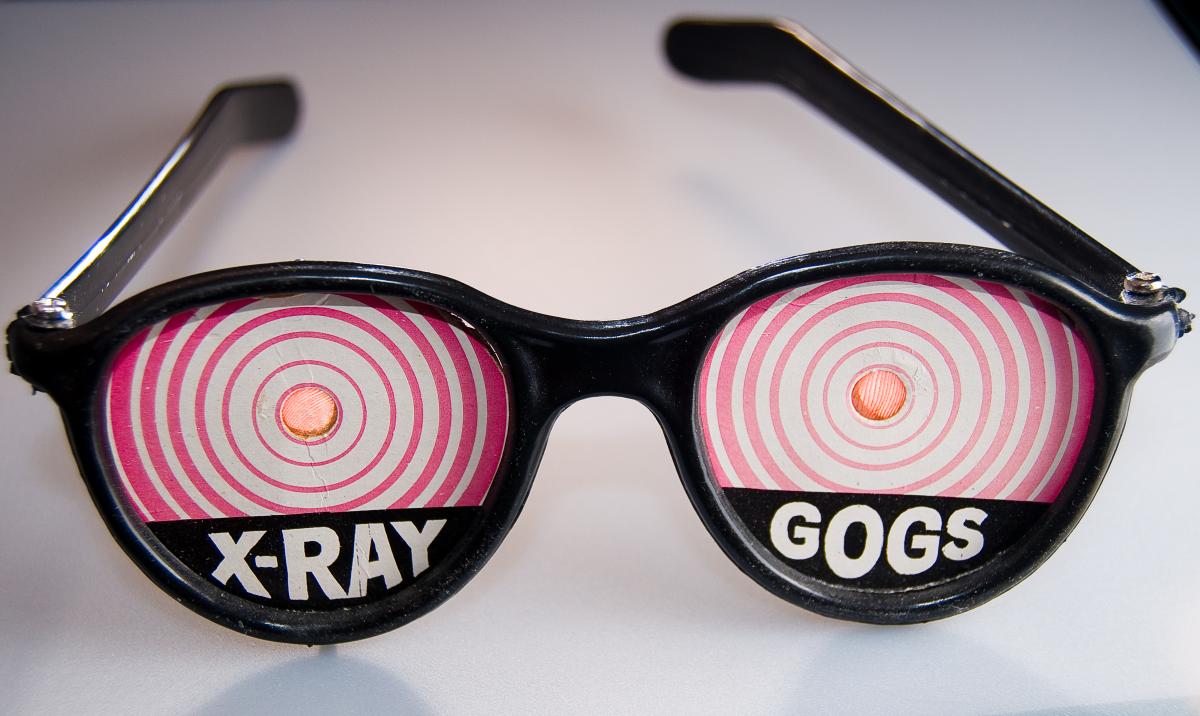Full disclosure: I ran the four-part (newly renamed!) natural selection misconception diagnostic because my idea well had run dry. I was hoping that by retreading some old misconception tropes, I would get inspired. Imagine my delight, then, when Larry Moran gave me an idea for this post in the comments. In a back-and-forth about how I explained the right answer to a particular question about arctic worms getting transplanted into tropical waters, Larry thought I was reinforcing a misconception: that  in the absence of environmental change all species are perfectly adapted and evolution comes to a halt. Thank you, Larry! An idea for a new post had arrived.
in the absence of environmental change all species are perfectly adapted and evolution comes to a halt. Thank you, Larry! An idea for a new post had arrived.
Misconception: Evolution can stop.
Correction: No stop signs for evolution.
I think that the idea that populations can “stop” evolving reflects the fundamental misconception that evolution only occurs by natural selection, driven by the rarer misconception that natural selection is only triggered by a dramatic change to the external environment. If you are laboring under both of these misconceptions, then it would be reasonable to infer that if the environment stays generally stable, there won’t be any evolution.
But not so fast!
First, of course, evolution does not happen only by natural selection. Drift, gene flow, and mutation can’t be ignored. And moreover, not all selection is set in motion by external (meaning: outside of the evolving population in question) changes to the environment. Imagine, for example, that in a population of organisms, a heritable mutation arises randomly that enables those that have the mutation to have twice as many healthy offspring as those that do not have the mutation. That is quite a strong, initially positive selection that has nothing to do with a change to something like temperature, precipitation, predator population, food availability, etc.
The next problem is that there really is no such thing as complete environmental stability. The environment includes abiotic (non-living) and biotic (living) components that are constantly shifting in interconnected and dynamic ways. Complete stasis is simply impossible as long as Earth keeps turning, animals keep breathing, organisms keep dying, water keeps cycling, oceans keep churning, big wheels keep on turning, proud Mary keeps on doing her thing … you get the idea.
In short: evolution is always happening. Even humans, the masters of technology, are evolving—quite rapidly, in fact. Yes, we can now treat and even cure many diseases that once posed very strong negative selection factors. Yes, humans use technology that extends our inherent, natural capabilities. (These are factors that are occasionally claimed, even by scientists who should know better, to mean that humans are no longer evolving.) But evidence for contemporary human evolution is plentiful.
In the classroom, there are a few approaches to take that would prevent the misconception that evolution can stop. Fundamentally, it’s important to stress that variation in, and changes to a population are not always visible. This is an especially  important point to make with the youngest learners, who tend to be very literal. When we give examples of variation in early lessons on evolution, for example, they tend to emphasize visible, physical differences such as coat color, long or short ears, spots or no spots. We then show evolution occurring by illustrating shifts in the frequencies of these very visible traits. Using these kinds of examples is important—they provide concrete, real-world relevance to children. The downside, however, is that some students may conclude that if a visible shift in traits isn’t occurring, neither is evolution. So I’d recommend at least hinting that some differences aren’t always obvious—such as how well animals can see, smell, and hear, or how easily organisms get or fight off diseases.
important point to make with the youngest learners, who tend to be very literal. When we give examples of variation in early lessons on evolution, for example, they tend to emphasize visible, physical differences such as coat color, long or short ears, spots or no spots. We then show evolution occurring by illustrating shifts in the frequencies of these very visible traits. Using these kinds of examples is important—they provide concrete, real-world relevance to children. The downside, however, is that some students may conclude that if a visible shift in traits isn’t occurring, neither is evolution. So I’d recommend at least hinting that some differences aren’t always obvious—such as how well animals can see, smell, and hear, or how easily organisms get or fight off diseases.
In middle and high school, it’ll become important to push back on the idea that all evolution occurs via natural selection, but it’ll also be important to work the ecology angle. Make sure your students understand the dynamic nature of the environment that is all around them. When you teach natural selection, emphasize that environmental changes can be as sweeping as the introduction of a nonnative species or a change in global temperature, but also as subtle as a shift in the wind pattern or a bumper crop of acorns. And use examples such as the mutation that results in suddenly fecund individuals to illustrate that sometimes, selection is set off by a change to the very population you’re interested in.
I’d also highly recommend talking about humans! I have heard more than one very  smart person say something like, “Humans aren’t evolving. If we were, we wouldn’t have eyebrows anymore.” And when I ask them to explain, I get an answer like, “We don’t need eyebrows, so if we were evolving, they’d disappear!” Another example, “Humans aren’t evolving. If we were, wouldn’t we have x-ray vision by now? X-ray vision would be so helpful!” Such moments provide marvelous opportunities to discuss how evolution works, and a great excuse to talk about the reproductive chances of hypothetical eyebrow-less individuals.
smart person say something like, “Humans aren’t evolving. If we were, we wouldn’t have eyebrows anymore.” And when I ask them to explain, I get an answer like, “We don’t need eyebrows, so if we were evolving, they’d disappear!” Another example, “Humans aren’t evolving. If we were, wouldn’t we have x-ray vision by now? X-ray vision would be so helpful!” Such moments provide marvelous opportunities to discuss how evolution works, and a great excuse to talk about the reproductive chances of hypothetical eyebrow-less individuals.
Have an idea for a future Misconception Monday or other post? See some good or bad examples of science communication lately? Drop me an email or shoot me a tweet <at>keeps3.

